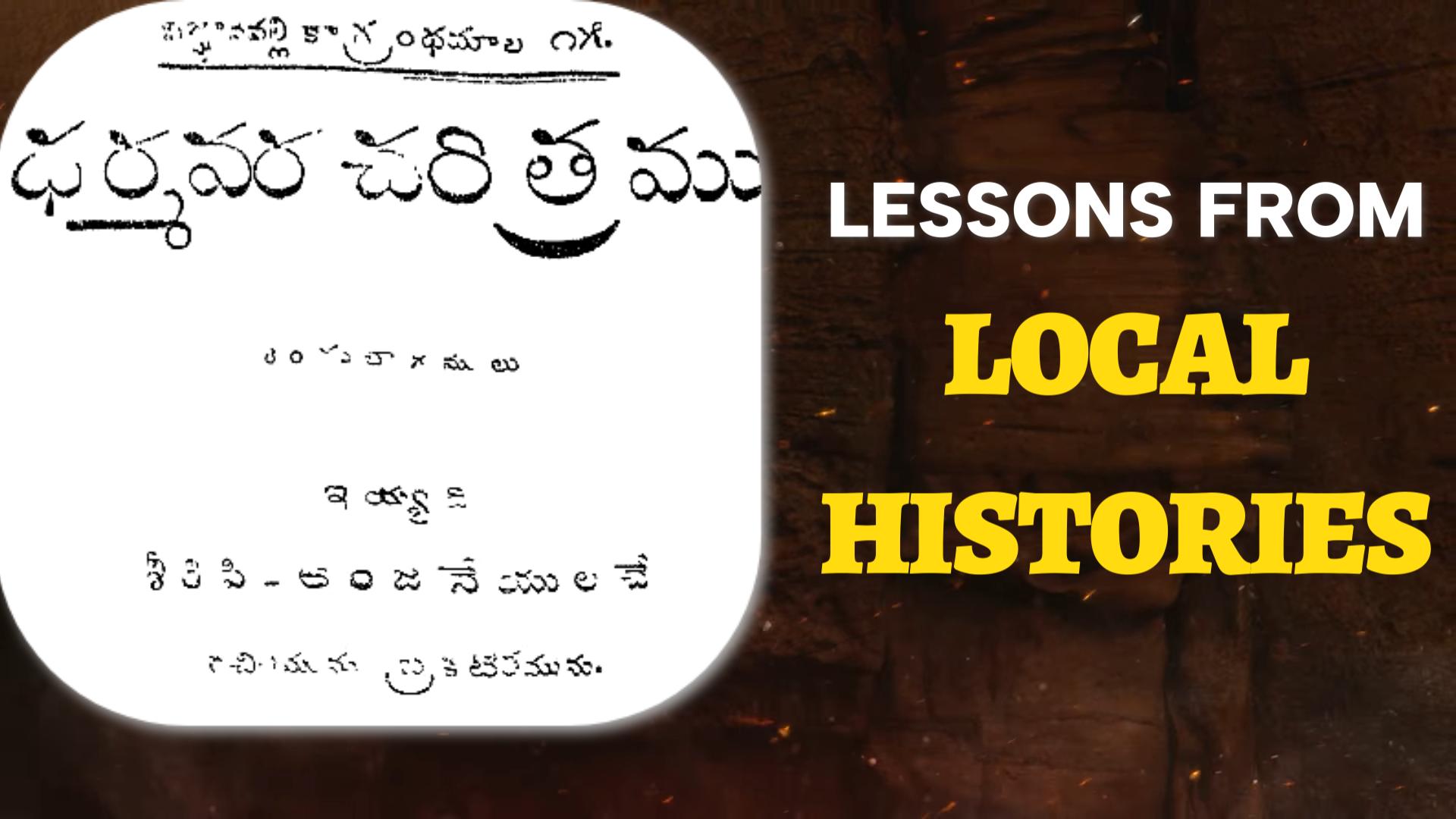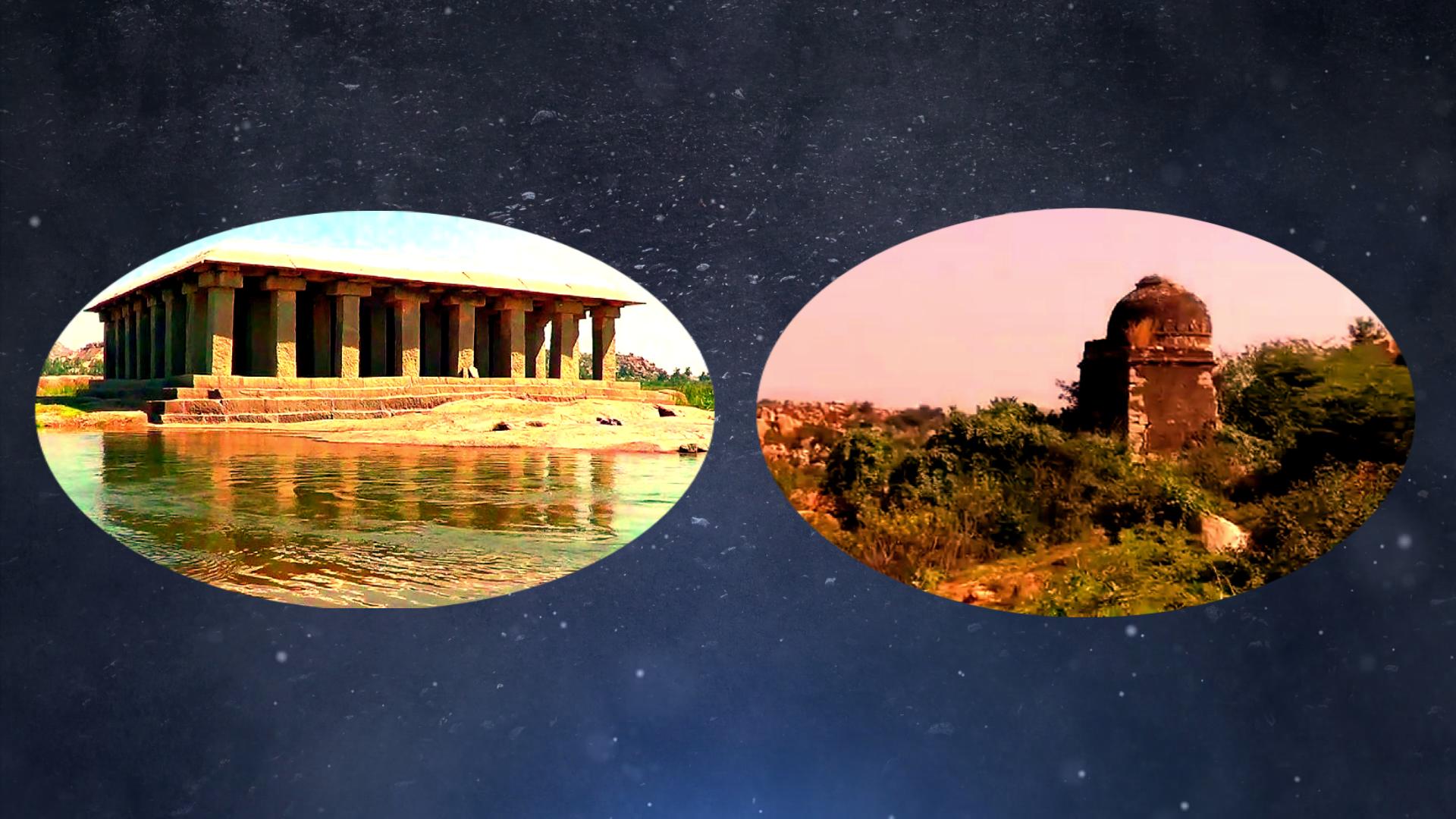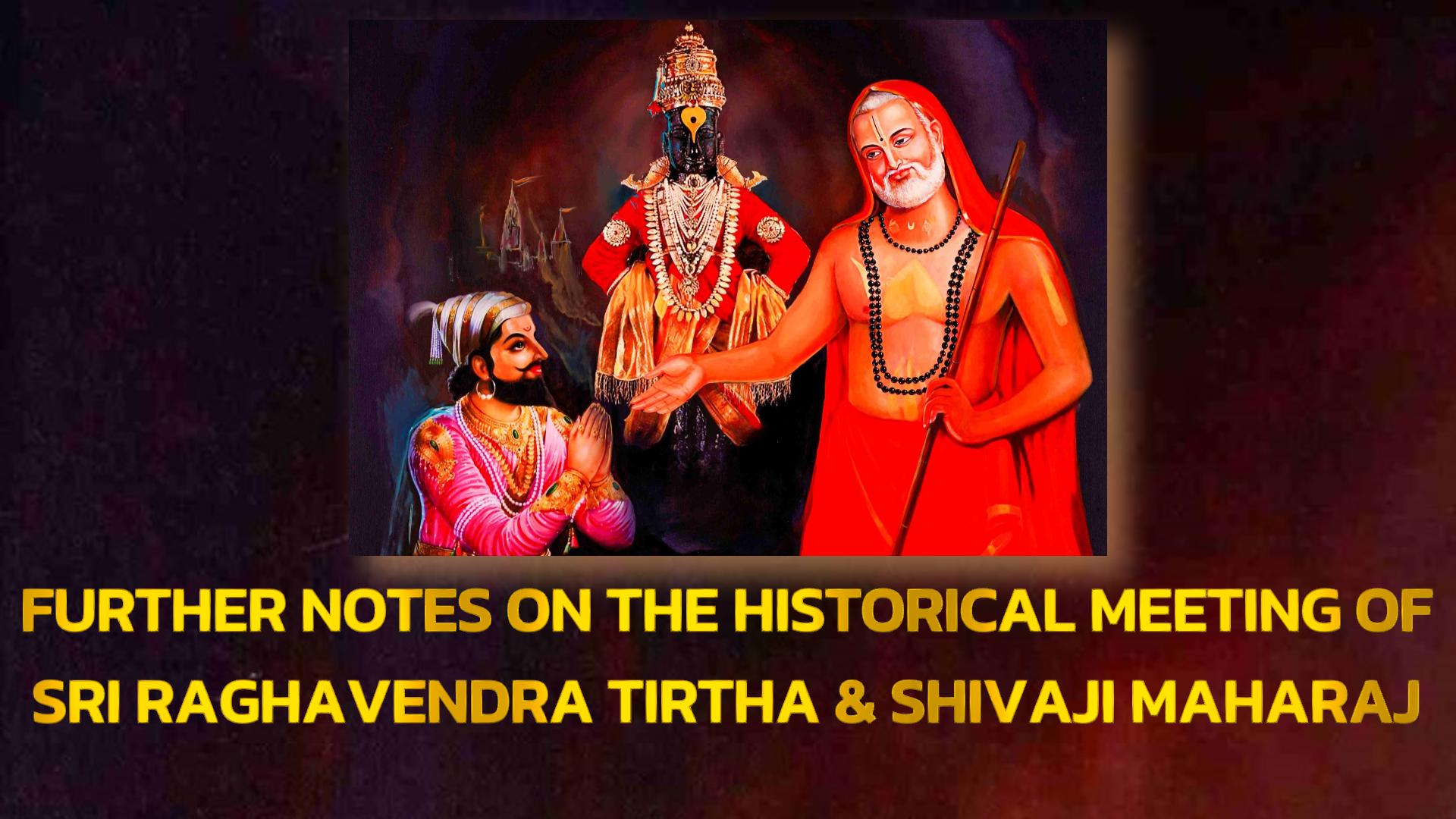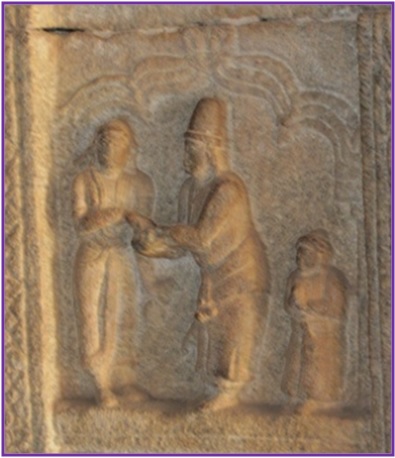DHARMIK CONTINUUM OF VIJAYANAGARA EMPIRE
The mighty Vijayanagara Empire that flourished from c.1336 to c.1646 has been held and ruled by four dynasties – (1) Sangama (2) Saluva (3) Tulu and (4) Aravidu.
We can read some blood curdling stories from Vijayanagara history on how the successive dynasties snatched the power from the outgoing one. Sometimes, the members of the ruling royal family have seem to be committing heinous murders of their kith and kin only to plant themselves on the royal seat. I have borrowed the following passage from Robert Sewell to describe this horrification saga:
“It will be seen farther on that in almost every case the kingdom was racked with dissension on the demise of the sovereign, and that year after year the members of the reigning family were subjected to violence and murder in order that one or other of them might establish himself as head of the State.”
[Vijayanagara – Forgotten Empire by R. Sewell]
The last emperor from Sangama dynasty, Virupaksha II [c.1465-1485] was murdered by his own son who in turn was murdered by his brother called Praudharaya. In Saluva lineage the elder son of Saluva Narasimha named as Timma was murdered by a rival. Such were the lust and hungry for power brewing within the rank and file of the royal dynasties.
These four dynasties were distinct in their military and political decisions but show a continuous sequence in upholding the royal patronage and generosity. Thus we can experience the ‘Dharmik Continuum’ amongst perceptively distinct but inherently indistinct behaviour of Vijayanagara Dynasties.
I have found this ‘Dharmik Continuum’ while reading the inscriptions of Vijayanagara Dynasties. I could see an invisible hand of Dharma holding the hands of the kings & emperors of Vijayanagara and guiding them in righteous path.
@@@@@
Firstly, read the following three Sanskrit verses (in Kannada script):

Rough translations of these shlokas could be put as:
- Amongst donation and protection of a donation, the latter is highly creditable as by making a donation one achieves heavens but by protection one gains salvation.
- If one donates a [piece of] land it is like daughter and if the donation is made by father [or elders] then it is like sister and the land donated by others is like a mother and so forego the lands thus donated.
- For the kings (bhÀbhuj¡¯) there is only one sister in this whole [world] and that is the land donated to Vipras [Brahmans] and so never enjoy or grab the lands donated to Brahmans.
These verses can be seen in all of the Vijayanagara inscriptions i.e. of all four dynasties. Usually, these verses were appended at the end of the inscription and at times these are followed up with a severe curse as well. I could trace the first verse in inscriptions predating the Vijayanagara times such as Hoysalas.
All the kings & emperors of Vijayanagara, irrespective of their accession to power by natural inheritance or by brutality, were seem to have adhered to the aforesaid trivia and followed them up with solid determination. No successive emperor had undone or revoked the donations and patronage offered by his predecessor. Instead they have renewed the donations if they were stopped due to change in the power center. There are quite a few inscriptions that confirm such care taken by the new emperor to renew the donations made earlier. For example read the following excerpt from Epigraphia Carnatica Vol I Coorg Inscriptions 1914 (Page 18).
In the below shown inscription, we can understand that a particular donation made during Sadashivaraya’s regime [c.1542-1570] was made good by Sriranga Raya – I [c.1572-1586]

Such was the care and commitment exhibited by the successive rulers of Vijayanagara Empire.
@@@@@





